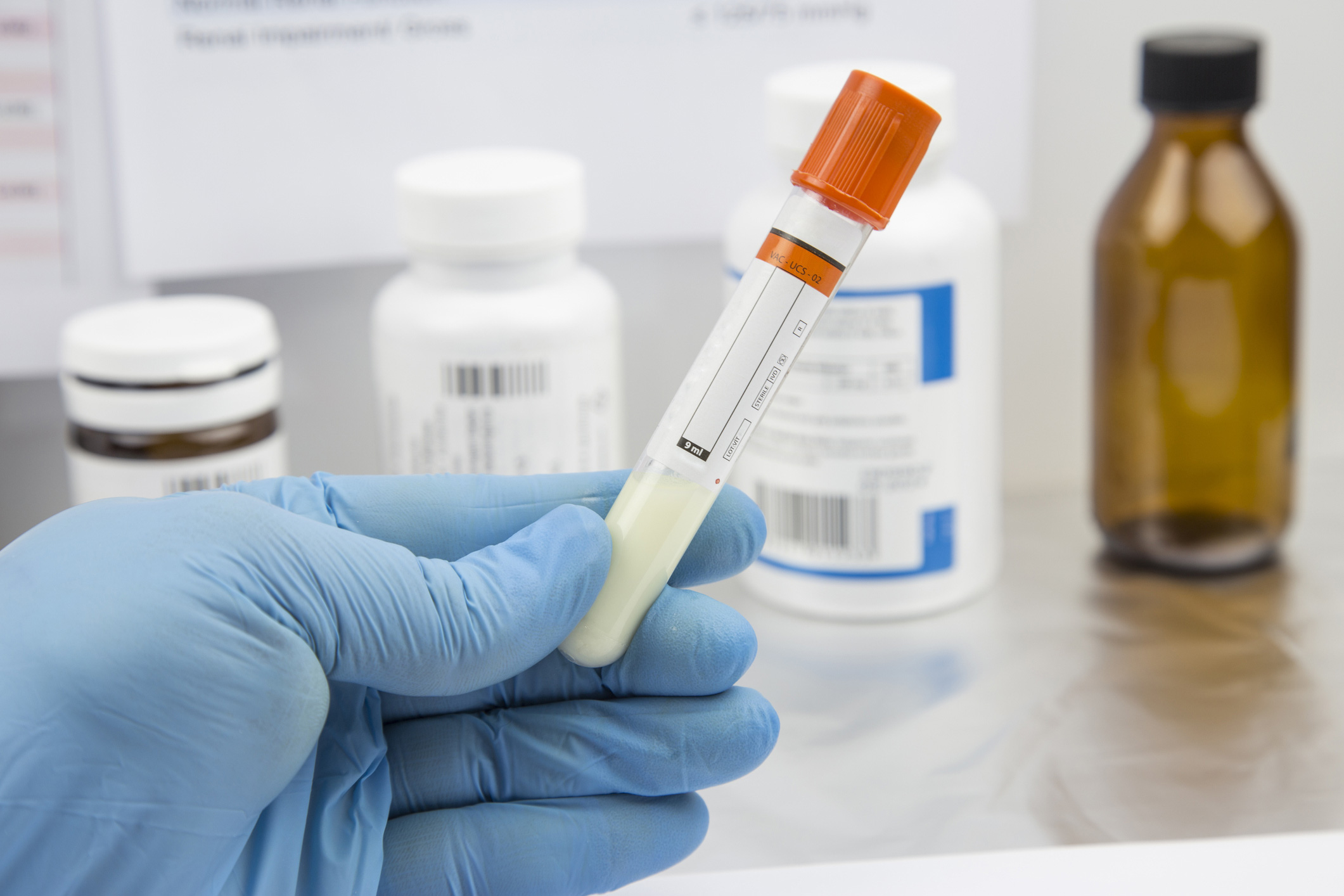When a couple consults a specialist in assisted reproduction, the first step is to obtain an accurate diagnosis of their fertility. At this stage, both members of the couple are involved, and the woman’s medical examinations are just as important as the man’s. In his case, the seminogram, or semen analysis, is the most common test.
We’d like to help you understand this medical test, which examines the characteristics of a man’s sperm before undergoing treatment for assisted reproduction.
“The seminogram is a basic study of a semen sample obtained by ejaculation which helps to define a man’s fertility potential,” explains Dr. Marta Trullenque, a specialist at Eugin Clinic. “It is a test to evaluate sperm quality according to reference values established by the World Health Organization in 2021,” she adds.
It’s important to note that these values are determined for fresh semen samples and have been established amongst the general population, meaning amongst a theoretically fertile population. A sperm sample is altered when it is frozen, especially its concentration. Therefore, the result of a frozen and subsequently thawed sample is not useful for making a diagnosis, but there is no problem using this sample for assisted reproduction techniques, if it meets the values that the guidelines establish as desirable in each case.
Below you will find a key to interpreting the results of a seminogram correctly.
1.- Confirmation of results
First, it is important to bear in mind that results can vary from one test to another. For this reason, it is advisable to perform a second analysis between one and three months after the first. This allows for the results to be confirmed, irrespective of whether they are positive or if the semen analysis shows alterations.
2. Reference values
The values that are detailed in a seminogram are as follows:
- Volume: a sample obtained from an ejaculate is considered normal when the quantity of sperm is equal to, or greater than, 1.4 millilitres.
- pH: measures the acidity or alkalinity of the sample and should be equal to, or greater than, 7.2. Alterations may indicate malfunction in the prostate or seminal vesicles.
- Sperm concentration: this refers to the number of sperm per millilitre, which is expected to be 16 million or more per millilitre.
- Total number of sperm: in a normal sample there are at least 39 million sperm. Although this value is studied, sperm concentration is much more significant.
- Motility: this determines the motility of sperm and is classified into three types:
- Progressive motility: the sperm are able to progress in their advance and, therefore, traverse the Fallopian tubes and reach the egg.
- Non-progressive motility: the sperm don’t progress in their advance and move in circles.
- Immotile: the sperm are unable to move in any way.
According to the WHO, it is preferable that at least 30% of sperm show progressive motility.
- Vitality: this indicates the percentage of live sperm in the ejaculate, which should be equal to or higher than 58%.
- Leukocytes: a sample which is regarded as normal should not contain more than one million leukocytes, or white blood cells, per millilitre. An excess may indicate an infection.
Other factors which are studied are morphology (at least 4% of sperm should have a normal shape), appearance (the sample must be homogeneous and grey-opalescent in colour) and viscosity (if very high, it may hinder sperm motility).
It is important to remember that, even though the results may be less than satisfactory, there are still chances of getting pregnant, albeit fewer. “And, this also applies the other way round, a normal sperm count does not guarantee pregnancy,” points out Dr. Trullenque.
3. Possible pathologies
In medical terms, when the values of a semen analysis fall within the normal range, it is referred to as normozoospermia. When there are significant variations, we can find cases of azoospermia (absence of sperm in the ejaculate), oligozoospermia (concentration of sperm below the reference value), and necrozoospermia (amount of live sperm lower than the reference value).
Asthenozoospermia deserves a whole chapter to itself for being “the most common pathology” in the words of the Eugin specialist. In these cases, sperm motility is below the standard values, making it difficult to reach the egg and fertilize it.
Assisted Reproduction: solutions
Even when faced with this type of more severe dysfunction, assisted reproduction offers treatments to achieve pregnancy with the partner’s sperm, except in some very extreme situations of azoospermia or aspermia. When it really is not possible to use the partner’s sperm, there is always the option of using donor sperm.
“In any case – stresses Dr.Trullenque-, the likelihood of achieving pregnancy doesn’t only depend on the results of the seminogram, which is based on reference values that are not necessarily definitive.” The medical history of both members of the couple, the woman’s age, or the length of time they have been trying to get pregnant are determining factors that complete a couple’s fertility map.






